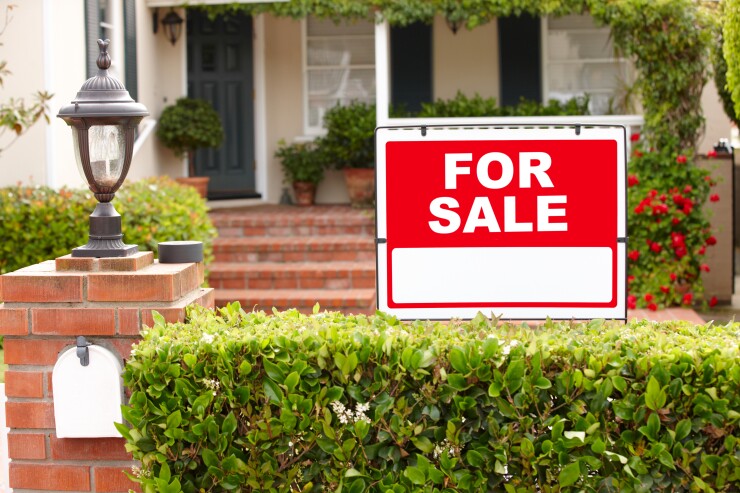Firms across the nation reported a decline in business activity, as the Composite PMI Output Index fell to 49.6 in February from 53.3 a month earlier, IHS Markit reported Friday.
The overall contraction was driven by a worsening of service sector performance, where output contracted for the first time in four years. New orders received by private sector firms contracted for the first time since data collection began in October 2009.
The composite index is based on original survey data from IHS Markit’s PMI surveys of services and manufacturing.
The seasonally adjusted PMI Business Activity Index dropped to 49.4 in February from 53.4 in January, IHS Markit said. The decrease in business activity brought to an end a nearly four-year expansion.
“Total new orders fell for the first time in over a decade. The deterioration in was in part linked to the coronavirus outbreak, manifesting itself in weakened demand across sectors such as travel and tourism, as well as via falling exports and supply chain disruptions,” said Chris Williamson, IHS Markit’s chief business economist. “However, companies also reported increased caution in respect to spending due to worries about a wider economic slowdown and uncertainty ahead of the presidential election later this year.”
He added sentiment remained optimistic.
“The survey data are consistent with GDP growth slowing from just above 2% in January to a crawl of just 0.6% in February,” said Williamson. “However, the February survey also saw a notable upturn in business sentiment about the year ahead, reflecting widespread optimism that the current slowdown will prove short-lived.”
Home sales drop
Existing home sales fell 1.3% in January to a seasonally adjusted annual rate of 5.46 million, according to the National Association of Realtors.
Economists surveyed by IFR Markets had expected a 5.45 million rate.
While the data show a continuing fluctuating pattern of monthly increases and declines, the NAR said overall sales had substantially increased year-over-year for the second straight month, up 9.6% from a 4.98 million year ago.
“Existing-home sales are off to a strong start at 5.46 million,” said Lawrence Yun, NAR’s chief economist. “The trend line for housing starts is increasing and showing steady improvement, which should ultimately lead to more home sales.”
The median existing-home price for all housing types in January was $266,300, up 6.8% from $249,400 in January 2019, as prices increased in every region. January’s price increase marks 95 straight months of year-over-year gains.

“Mortgage rates have helped with affordability, but it is supply conditions that are driving price growth,” Yun said.
Total housing inventory at the end of January totaled 1.42 million units, up 2.2% from December, but down 10.7% from 1.59 million one year ago. The housing inventory level for January is the lowest level since 1999. Unsold inventory sits at a 3.1-month supply at the current sales pace, up from the 3.0-month figure recorded in December and down from the 3.8-month figure recorded in January 2019.
First-time buyers were responsible for 32% of sales in January, up from 31% in December and 29% in January 2019.
“It is good to see first-time buyers slowly stepping into the market,” Yun said. “The rise in the homeownership rate among the younger adults, under 35, and minority households means an increasing number of Americans can build wealth by owning real estate. Still, in order to further expand opportunities, significantly more inventory and home construction are needed at the affordable price points.”





